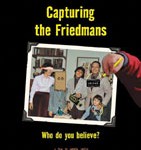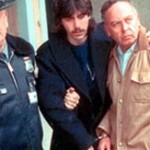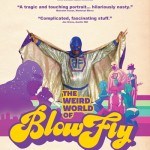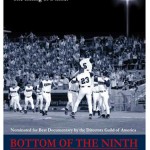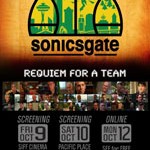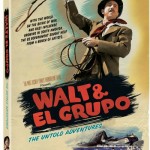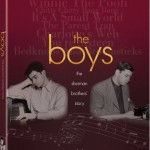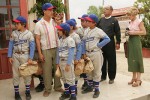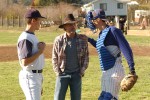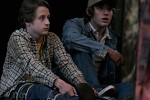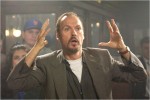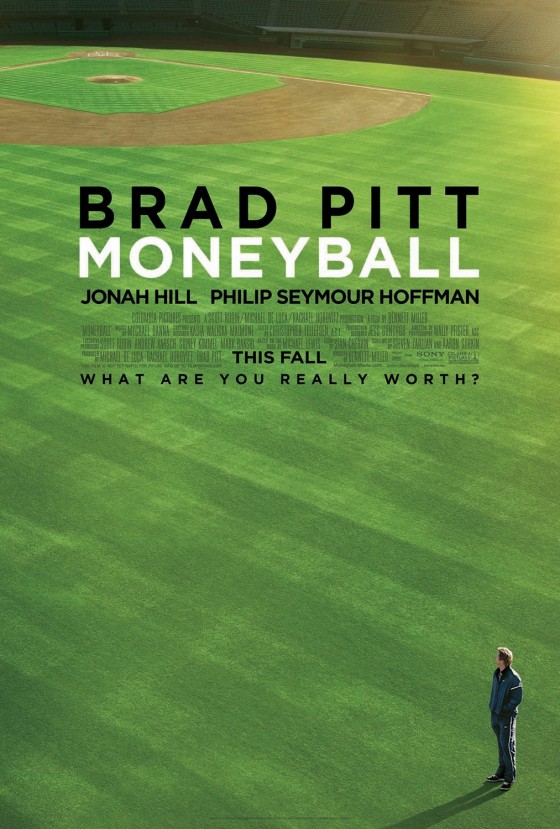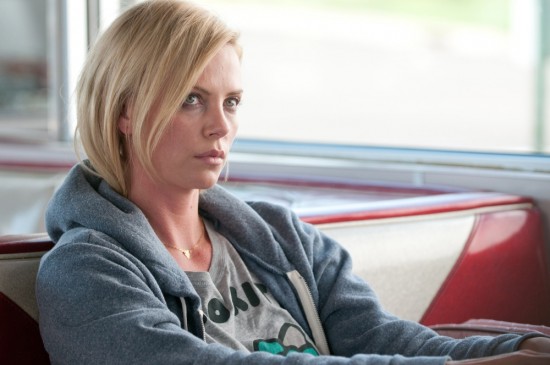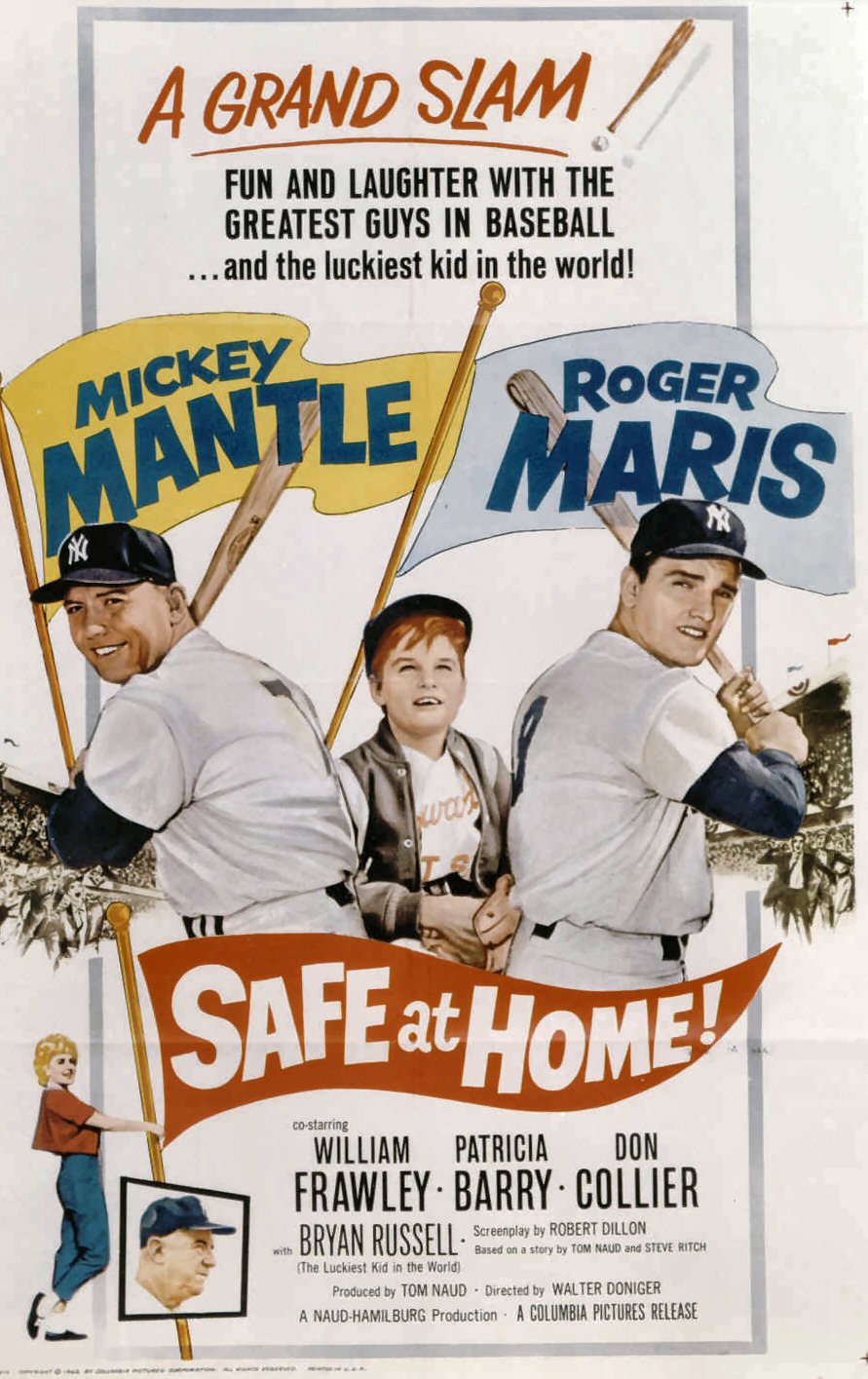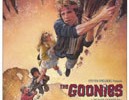A promotional postcard for Andrew Jarecki’s Capturing the Friedmans calls it a “non-fiction” film. It’s a curious label that acts to distances it from other documentaries. It raises the question as to what a documentary is and the approach such a film should take. Rather than documenting the cases of Arnold and Jesse Friedman, a father and son accused of literally hundreds of counts of child sex crimes in the late 1980’s, Jarecki uses the family to ask more questions than he answers. And not just about the case. Jarecki asks his audience why they watch what they do.
The Friedmans were your average upper-class family that Norman Rockwell might paint about. Arnold, the head of the house, was an award-winning teacher and well respected in the community. After school he also taught computer classes in his basement in the wealthy community of Great Neck, Long Island. Arnold had a wife, Elaine, and three sons, David, Seth and Jesse. Then one day on the eve of Thanksgiving, the image of normalcy was shattered when Arnold was charged with possession of child pornography. As if that weren’t bad enough, as the investigation continued, the charges were upped to more than a hundred charges of sex crimes against the boys he taught computer classes to. And if that weren’t enough, Jesse was also implicated with his father in the mess.
Jarecki charts the case through the eyes of the police, the media, the community and through most of the surviving Friedmans. What evolves is a question as to the extent of the guilt Arnold and Jesse shared. Conflicting statements from all sides don’t give many answers. Regardless, something very wrong was happening at the Friedman’s home and the saddest of which was the division of a family.
By its very nature, film is a subjective art. There is a selection process made somewhere along the line that determines what makes it to the final product and what doesn’t. This isn’t just fictional films but documentaries as well. A simple cut or addition can drastically change the story or tone of a film. A simple way to build suspense or add a twist to any movie is to withhold information until the point where the impact is the greatest. A standard documentary narrative is more likely to go from point to point and not worry so much about suspense. Jarecki does the exact opposite. Because he is aiming to have his viewers question Arnold and Jesse’s guilt or innocence, several times he adds facts that make everything that came before it appear in a different light. Jarecki makes chaos of our perceptions so that we will judge the film’s subjects for what they say and how they convey it their body language rather than who they actually are. Jarecki also waits until the end of the film to point out that middle son, Seth, decided not to participate in the film. Capturing the Friedmans is a puzzle and there’s important pieces missing. It’s frustrating to get to the final stages of a puzzle only to realize that you won’t be able to finish it. Had Jarecki been up front about Seth in the beginning it would have been understandable. But combined with other instances where information is withheld until the point of maximum impact, it’s as though you’re waiting for a big revelation involving this son. The film mentions his existence early on in the film and Seth’s name comes up now and again in the narrative but for the most part it’s almost as though he wasn’t there at all.
Another voice that is missing is that of Arnold Friedman. He is dead. He has no way to respond to the accusations and how he was portrayed in the film. I wonder what he would have thought. I guess it depends on whether or not he was guilty of the crimes beyond those he admitted to committing.
Capturing the Friedmans is a film that goes beyond what you’re watching on the screen. I left asking questions about how I was viewing it. Here I had a family disintegrating before my eyes, told through their own camera and in their own words. Yet I was enthralled by it. But why? I was appalled by most everything: the crimes, the whole Friedman clan willing to cut each other down, the fact that they would allow their home movies to be shown. What were they doing filming their meltdown in the first place? Are these the real Friedmans in their videos? Of course they are, but their true colours are lurking beneath the screen.
At a time when every other show on television falls under the guise of reality-based drama, Capturing the Friedmans is the ultimate embodiment of the idea. The story is beyond comprehension, filled with natural drama and suspense and played out by people who are equally fascinating.
The song that plays over the opening credits hints that Jarecki himself suspects the Friedmans’ motivations for allowing their skeletons be thrown on the big screen for all to see. “Yeah, they’re gonna put me in the movies. They’re gonna make a big star outta of me.” By trade, David is someone who longs for attention. He’s a birthday party clown and as such he gets paid to entertain children, little tykes who watch his every trick and laugh at his funny glasses. Jarecki came across David while working on a documentary about clowns. I guess the two developed a strong rapport with each other because at some point David must have not only let Jarecki in on his family’s past, but given him access to the Friedman’s very personal home movies. They’re far from the most flattering videos and combined by the accusations that haunted his father and brother, you can’t help but wonder why a clown that works around children would want that shown in a motion picture. The answer is simple: fame. It’s Andy Warhol’s concept of 15 minutes of fame brought to fruition. In bringing up the case some 15 years after the fact, they’re all bringing something back up that I think most would have rather let past. David is apparently one of New York’s finest party clowns. In being involved in this movie he’s hedging his bets that the notoriety of being a major player in a film might make him bigger. Like they say, the only kind of bad publicity is no publicity at all. With the introductory song, Jarecki acknowledges that he questions why the Friedmans got involved. But it’s hard to blame him for jumping at the chance to make such a story. My hunch is that party clowns isn’t the subject that theatrical documentaries (or non-fiction) films are made of. PBS perhaps, maybe even cable but definitely not a theatrical release.
Capturing the Friedmans is a manipulative film but it also confronts the fact that it is. Let’s face it, voyeurism is fascinating. And watching a family crumble under accusations of child sex crimes in the comfort of their own kitchen and dining room, with their own camera is about as voyeuristic as you can get. This is a film where you’re left wanting to scream, punch a clown and go out for coffee afterward and talk about it for two hours. It’s taken me three days to finally make sense of the thoughts in my head and get them down. And even then I don’t know if they make sense yet. That’s the power of film. You can despise everything you watch within a movie and still come out floored, challenged and a longing something remotely as powerful again. And so goes the cycle of the voyeur.
Capturing the Friedmans Gallery
Trailer
